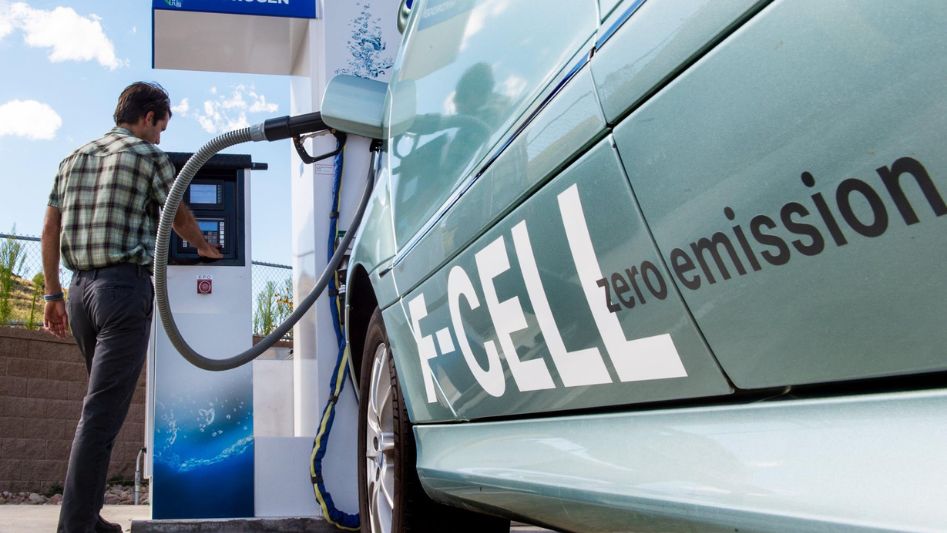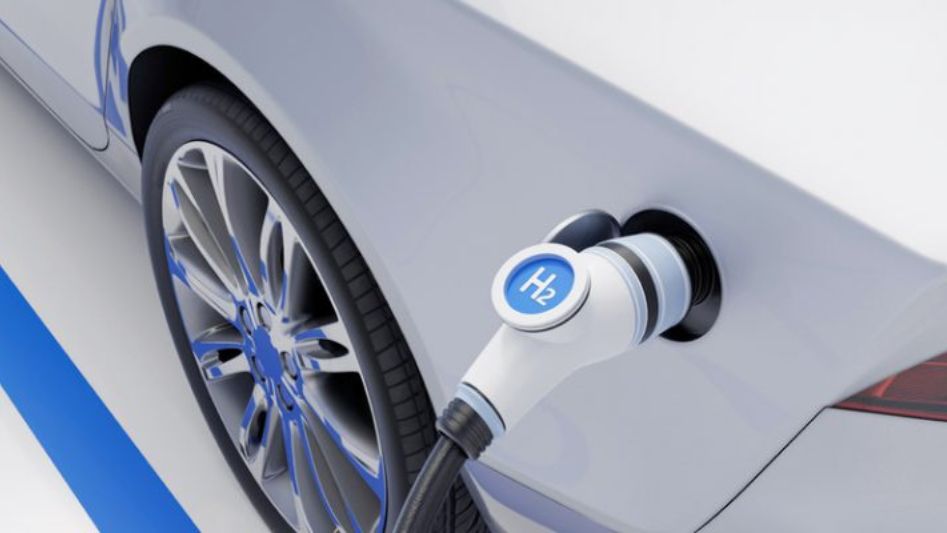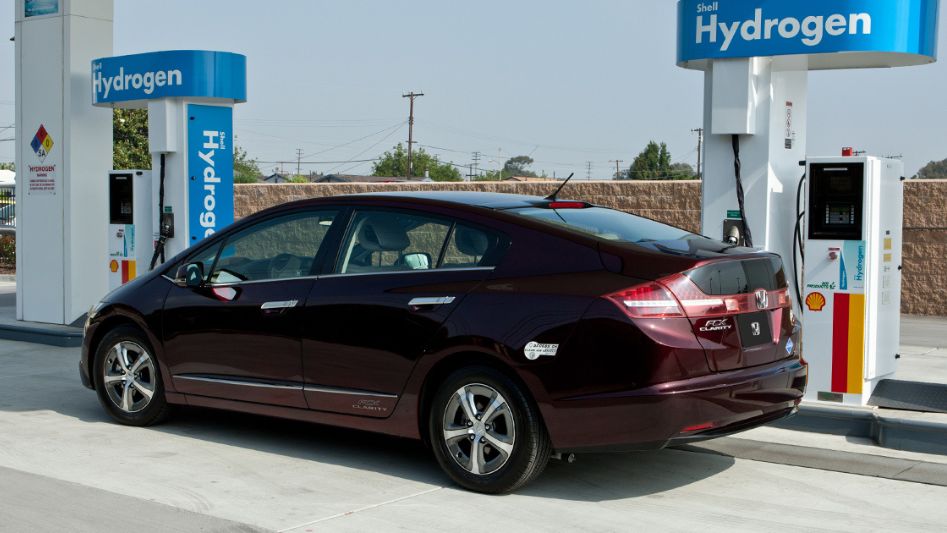Fuel cell vehicle are an intriguing option for those who are interested in becoming green, but they are not as commonly accessible as complete EVs.
Table Of Content
There are two distinct meanings for the phrase “hydrogen on demand.” A fuel cell or an internal combustion engine may both make use of hydrogen that is supplied through a system that is known as hydrogen-on-demand.

Aftermarket components that customers may use to convert their own cars into ones that are powered by hydrogen-on-demand systems have been said to have been developed by a number of corporations as well as by individual inventors. In order to produce hydrogen for use as a fuel additive, the aftermarket system that is now the most popular is known as a “hydrogen on demand system. In certain circles, this method is also referred to as “hydrogen injection” or “hydrogen fuel augmentation.” The majority of hydrogen-on-demand systems generate hydrogen by converting water into HHO gas, which consists of a single oxygen atom sandwiched between two hydrogen atoms. Water is composed of one oxygen atom sandwiched between two hydrogen atoms. Oxygen and hydrogen gases are combined to produce HHO gas. It is also known as “Brown’s Gas,” after the scientist who was responsible for its first discovery. Another name for it is oxyhydrogen.
In the majority of aftermarket hydrogen-on-demand systems, the HHO gas is produced by passing an electrical charge through water in combination with another chemical; the nature of the chemical used in the process differs from system to system. The battery in the car is what creates the electrical charge for the vehicle. HHO gas is produced as a byproduct of the process, and it is introduced into the vehicle by way of the intake manifold. Once there, it combines with the gasoline, and the resulting mixture is then burned in the engine’s combustion chamber. It is claimed that adding HHO gas to gasoline allows it to burn at a lower temperature, improving efficiency and lowering the amount of toxic pollutants produced.

The majority of the companies and individuals who create these aftermarket components promote them as a way to make your car run on water.In fact, the water itself is not what gives the automobile its power; rather, it is the chemical that the water is reacting with, in conjunction with the regular amount of gasoline or diesel fuel that you put into the fuel tank. In point of fact, it would be quite difficult to run an automobile on water alone. Through the disruption of chemical bonds, chemical processes generate usable forms of energy. Because the chemical bond of water is so stable, the amount of energy needed to change it is greater than the amount of energy generated through the chemical process. Therefore, despite the fact that these aftermarket systems have the potential to improve the fuel economy of a gasoline engine, the amount of energy that is necessary to generate HHO gas is sufficient to render the advantages null and void.
However, these aftermarket systems aren’t the only method to get hydrogen into a car’s engine; there are many other options. Continue reading to learn more about the innovative ways in which automobile manufacturers are putting hydrogen to work.
Conclusion
There are several significant distinctions between hydrogen cars and electric cars, and both types of vehicles come with their own unique set of benefits and difficulties. However, if these obstacles are resolved and technological and infrastructural advancements are made, both of these alternatives are going to be ones that drivers may reasonably consider.
Since automotive manufacturers are already devoting time and resources to the research and development of the next generation of electric and hydrogen-powered cars, we should anticipate seeing an increase in the number of these types of vehicles on our roads.
FAQ
Is the hydrogen fuel used in fuel cell vehicles?
Hydrogen is used as a fuel for fuel cell electric vehicles, often known as FCEVs. They don’t pollute the air with their exhaust. Instead, they only release water vapor and warm air. This means they use less energy than traditional cars with internal combustion engines.

How many miles per gallon does a hydrogen automobile get?
Some FCVs have a range of over 300 miles on a single tank of hydrogen fuel, which is farther than the distance that separates St. Louis and Chicago, with an efficiency of close to 70 miles per gallon equivalent (miles per gasoline gallon equivalent).
Which is better, a hydrogen automobile or an electric vehicle?
However, since hydrogen cars pack their energy storage more tightly than other vehicles, they are often capable of traveling farther distances. According to Automotive Technologies, fully electric cars can typically travel between 100 and 200 miles on a single charge, whereas hydrogen-powered vehicles may go up to 300 miles on a single charge.
You May Also Like
- HYDROGEN ON DEMAND FOR VEHICLES
- CAN ‘GREEN’ AMMONIA BE A CLIMATE FIX?
- THE CHINESE EV THAT ANYONE CAN AFFORD
- COALITION TO ACCELERATE EV ADOPTION
- WHAT IS WIND POWER: DOES SIZE MATTER?
